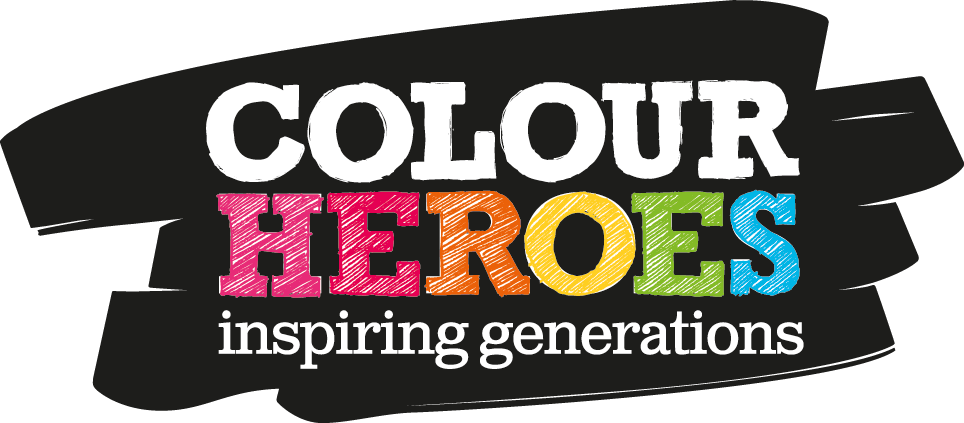75th Anniversary of VE Day
Victory in Europe Day, generally known as VE Day, is a day celebrating the formal acceptance by Nazi Germany of its unconditional surrender of its armed forces on 8th May 1945.
This year, as we head towards the 8th May 2020, the May Bank Holiday will fall on Friday 8th, instead of Monday to commemorate 75 years since the end of World War II in Europe. The 75th anniversary will provide our nation, and our friends around the world, with an opportunity to reflect on the enormous sacrifice, courage and determination of people from all walks of life who saw us through this dark and terrifying period.
Adolf Hitler, the Nazi leader, had committed suicide on 30th April during the Battle of Berlin and Germany’s surrender was authorised by his successor, Reichspräsident Karl Dönitz. The administration headed by Dönitz was known as the Flensburg Government. The act of military surrender was first signed at 02:41 on 7th May in SHAEF HQ at Reims and a slightly modified document was signed on 8th May in Berlin.
Most European countries celebrate the end of World War II on 8th May. Russia, Belarus and Serbia celebrate on 9th May, (as did several former Soviet bloc countries.)
The news of Germany’s surrender was not surprising. It had been anticipated for some time and people across Britain were on standby to start celebrating the end of the war.
The announcement that the war had ended in Europe was broadcast to the British people over the radio late in the day on 7th May. The BBC interrupted its scheduled programming with a news flash announcing that Victory in Europe Day would be a national holiday, to take place the following day. Newspapers ran the headlines as soon as they could, and special editions were printed to carry the long-awaited announcement. The news that the war was over in Europe spread like wildfire across the world.
A national holiday was declared in Britain for 8th May 1945. In the morning, Churchill had gained assurances from the Ministry of Food that there were enough beer supplies in the capital and the Board of Trade announced that people could purchase red, white and blue bunting without using ration coupons. There were even commemorative items hastily produced in time for the celebrations, including ‘VE Day’ mugs. Some restaurants had special ‘victory’ menus, too.
Millions of people rejoiced in the news that Germany had surrendered, relieved that the intense strain of total war was finally over. In towns and cities across the world, people marked the victory with street parties, dancing and singing. In London, crowds massed in Trafalgar Square and up the Mall to Buckingham Palace, where King George VI and Queen Elizabeth, accompanied by Prime Minister Winston Churchill, appeared on the balcony of the palace before the cheering crowds. Princess Elizabeth (the future Queen Elizabeth II) and her sister Princess Margaret were even allowed to wander incognito among the crowds and take part in the celebrations!
At 3pm on VE Day, Churchill made a national radio broadcast. In it, he announced the welcome news that the war had ended in Europe – but he included a note of caution, saying: ‘We may allow ourselves a brief period of rejoicing; but let us not forget for a moment the toil and efforts that lie ahead.’ He knew that the war was not over: Japan still had to be defeated. Later on, Churchill appeared on the balcony of the Ministry of Health building in central London and gave an impromptu speech. Huge, cheering crowds gathered below and he declared, ‘This is your victory.’ The crowd shouted back, ‘No – it’s yours!’ Despite Churchill’s crucial wartime role, the British public did not vote him back into power in the July 1945 General Election. Instead, Clement Attlee’s Labour government had control of the country in the immediate post-war years. For Churchill, nothing would match his period as wartime prime minister – he later wrote that everything afterwards was ‘all anti-climax’.
The VE Day celebrations continued well into the night. The largest crowds in Britain were in the capital, but people all around the country took part in the parties, singing and dancing. Many bonfires and fireworks were lit to mark the occasion.
An estimated 50,000 people were crowded around Piccadilly Circus by midnight. The joy of the day broke down normal social conventions, and people spoke to and embraced people they had never met before. Music from gramophones, accordions and barrel organs rang out, and revellers sang and danced to the popular tunes of the day. Licensing hours were extended so that people could toast the end of the war with a drink (or two), and dance halls stayed open until midnight.
As part of our Colour Heroes range of history books, we have one dedicated to the events of World War II. It focuses on the events leading up to the outbreak of war, the war years, life on the UK home front and details on the end of the conflict. Shop at www.colourheroesshop.com to get hold of this book and all the others in our Colour Heroes history range.

